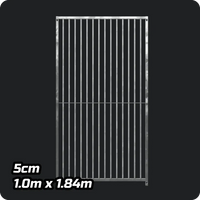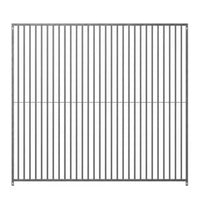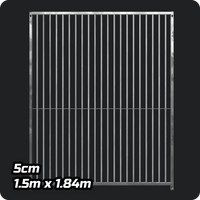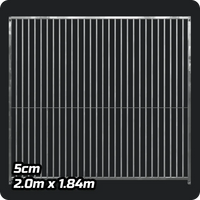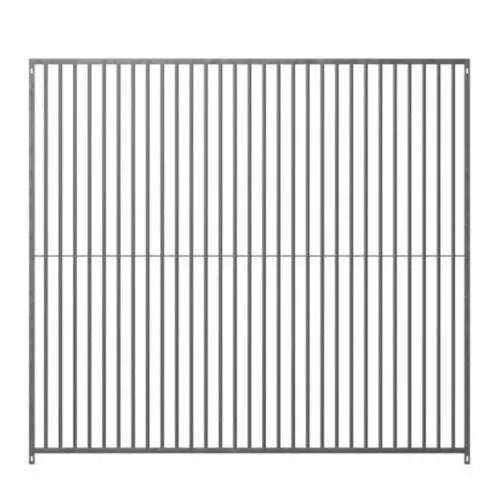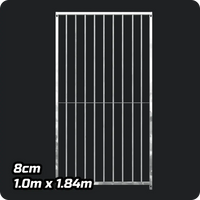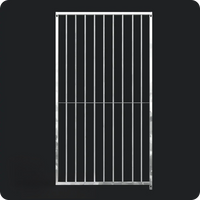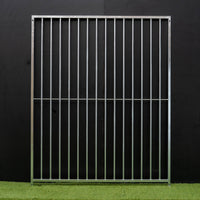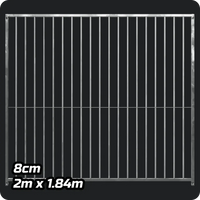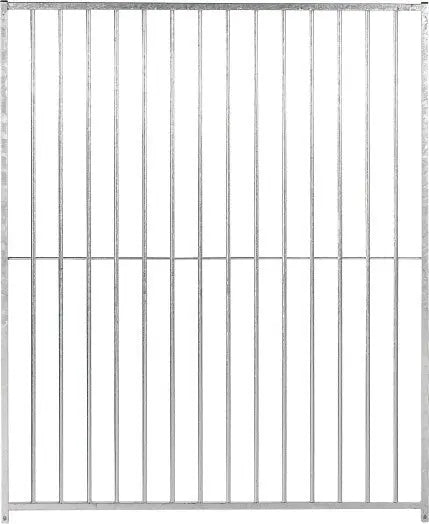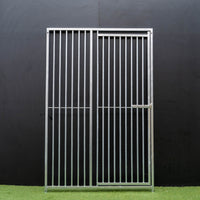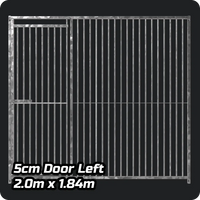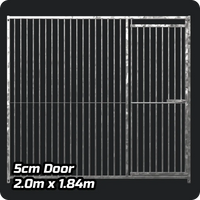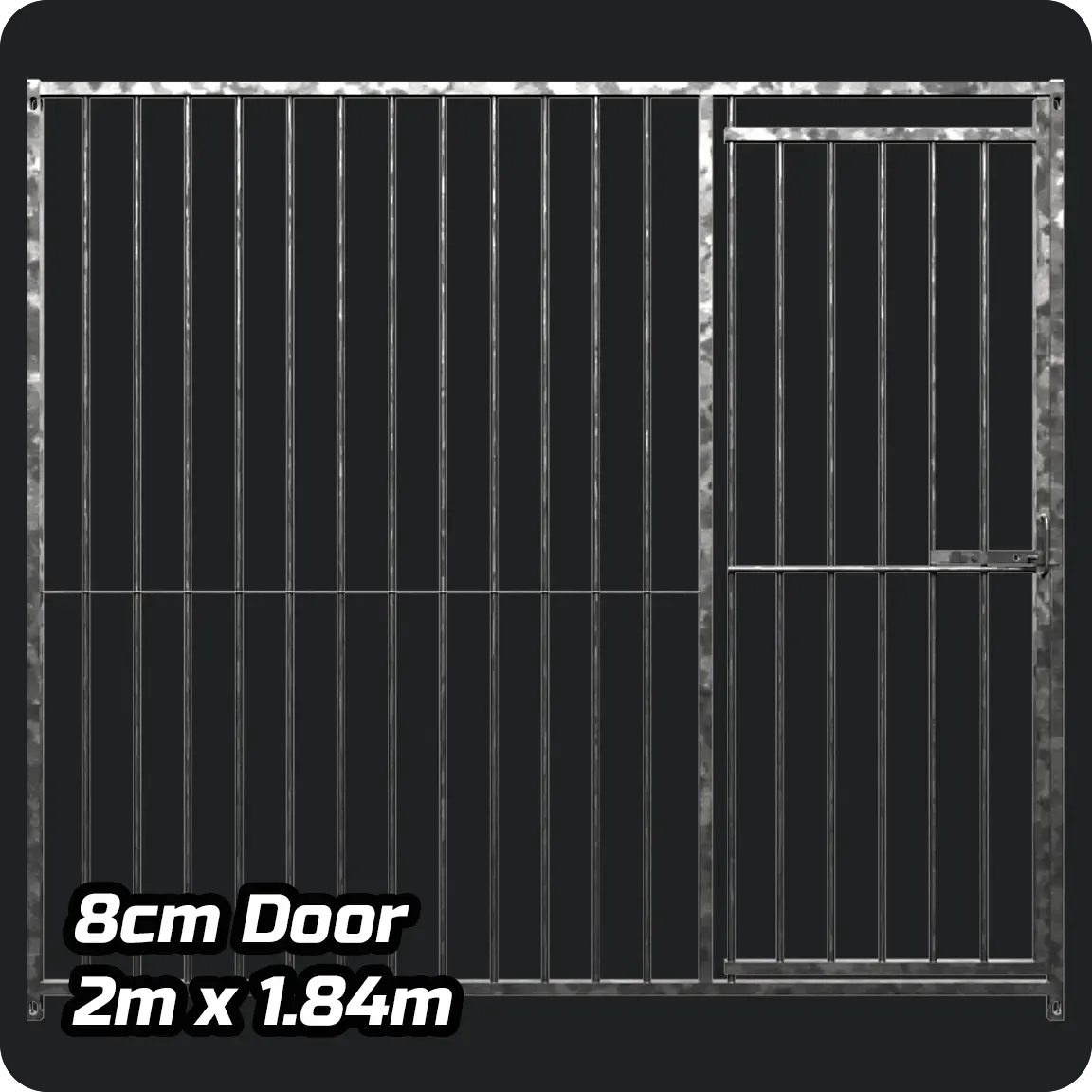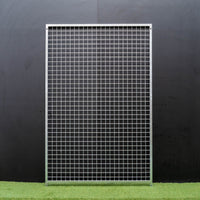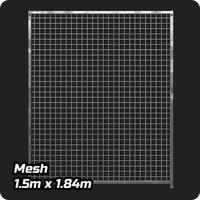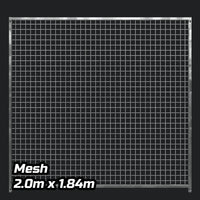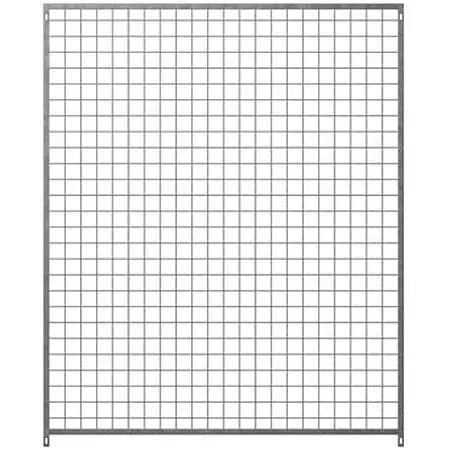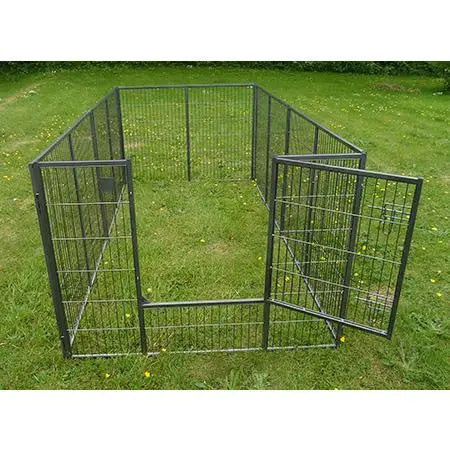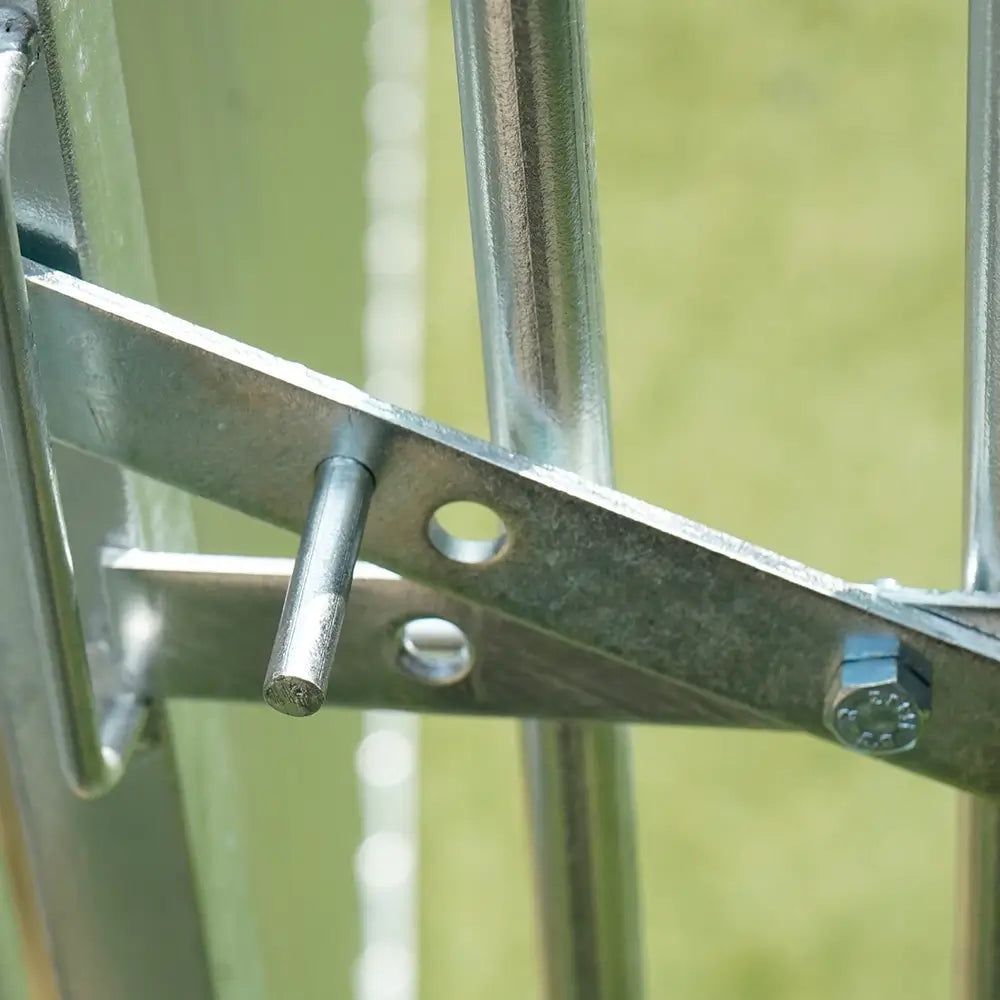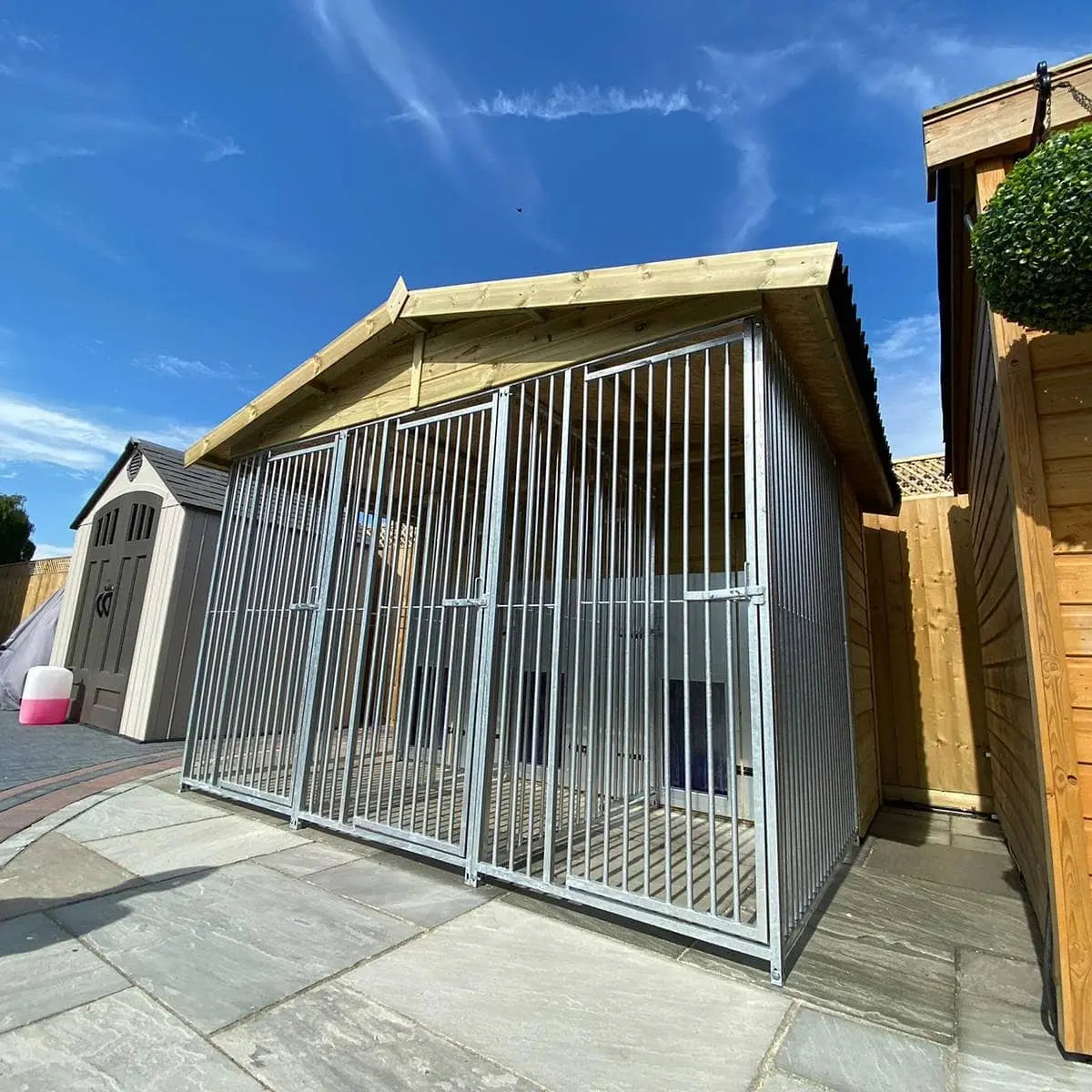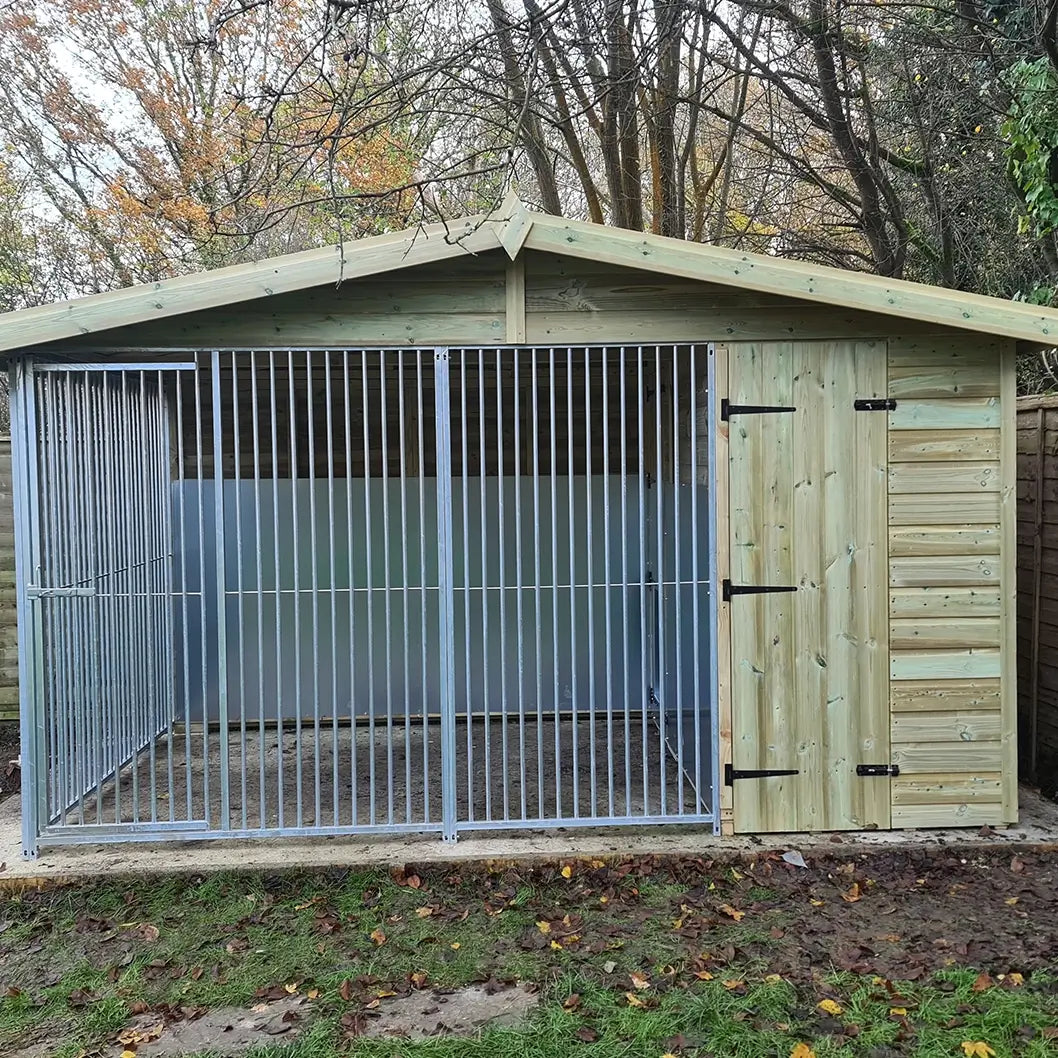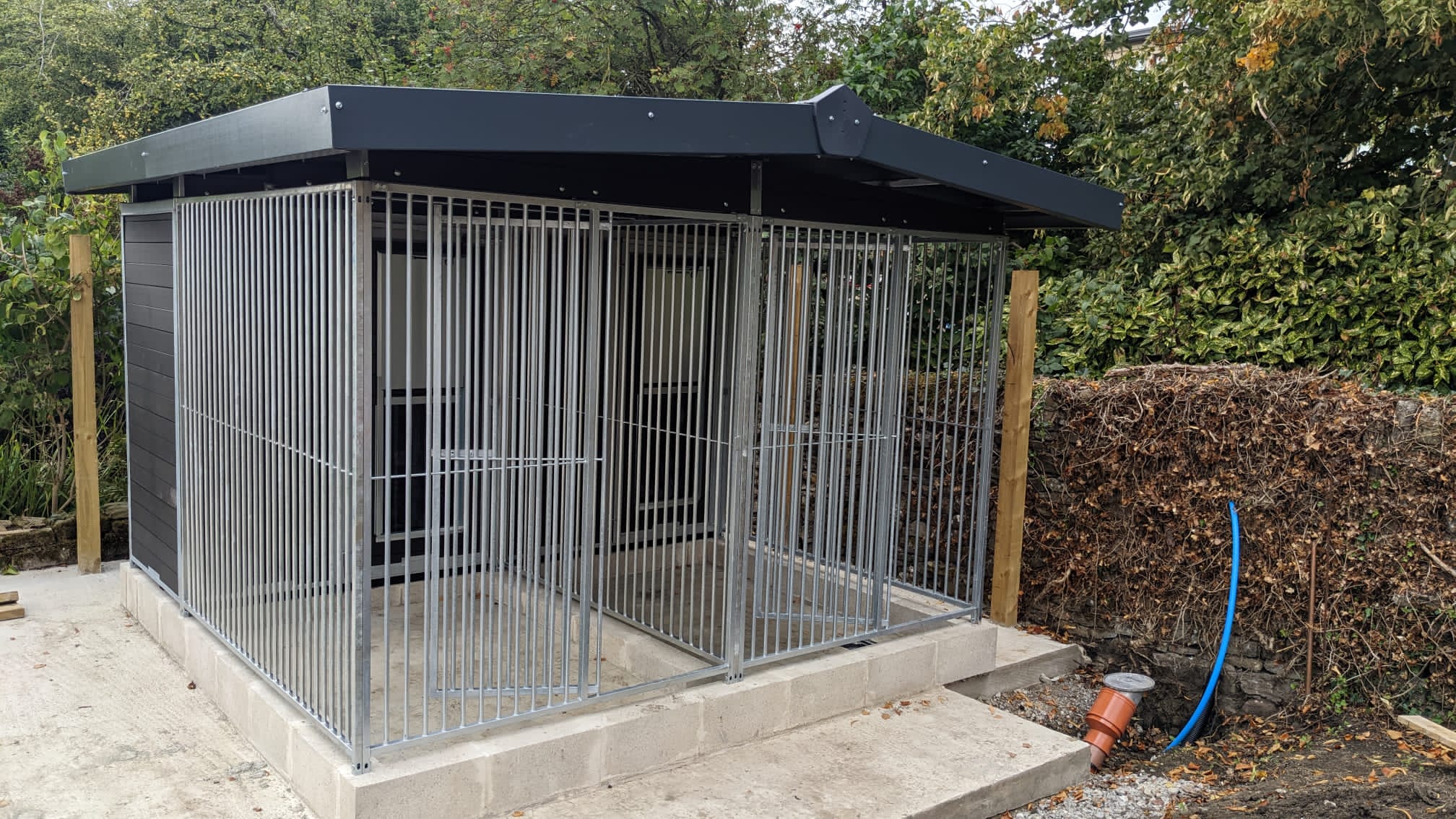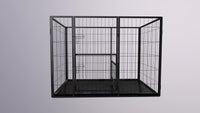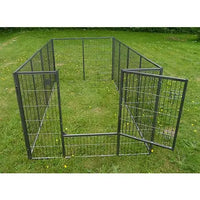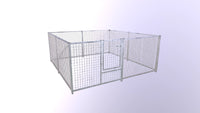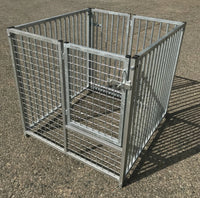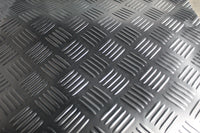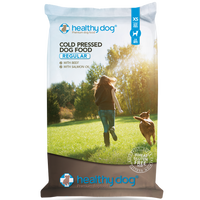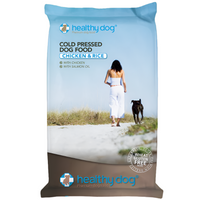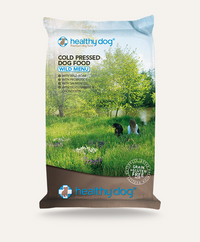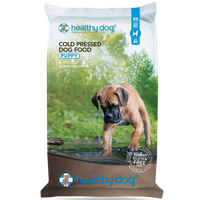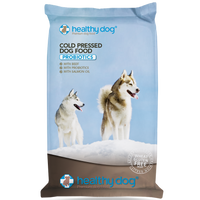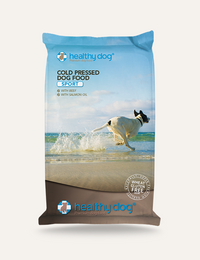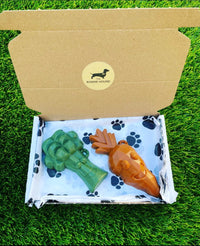
herbal plaque remedies
Introduction to Herbal Plaque Remedia: A Natural Approach to Plaque Control
Plaque is a common problem that affects the oral health of many people, herbal plaque remedies provides a natural and effective way to combat this issue. Its unique blend of herbs works to inhibit the formation of plaque and improve overall oral health.
Herbal Plaque Remedia is made from a selection of potent and beneficial herbs, renowned for their oral health benefits. These include sage, thyme, peppermint, and more. Combined, they offer powerful plaque control and oral hygiene boosting properties.
Incorporating Herbal Plaque Remedia into your daily oral routine can not only help to reduce existing plaque but also prevent the formation of new plaque. This article explores the effectiveness of Herbal Plaque Remedia, details how it works, and the key ingredients used, as well as providing tips on how you can maximize its benefits.
As the need and preference for natural health solutions continue to grow, Herbal Plaque Remedia presents a safe and potent option. Whether you're looking to boost your oral health or are searching for natural alternatives to traditional oral care products, Herbal Plaque Remedia is worth considering.
Research by The Kennel Club suggests that over 80% of dogs suffer a stage of gum disease before they are three years old. And Gum Disease is five times more common in dogs than humans, as dogs have a more alkaline mouth, promoting plaque formation.
Remember, many pet insurance policies don't cover dental work so it's even more important to look after your pet's teeth.
What is Periodontal Disease?
Periodontal disease in dogs includes conditions such as gingivitis (inflammation of the gums) and periodontitis (loss of bone and soft tissue in the mouth).
Periodontal disease starts out when plaque begins to build in the mouth and over time becomes tartar. When the tartar and plaque begin to make their way under the gum line, they give off toxins which lead to bone and tissue damage
THE ROLE OF PLAQUE
Plaque constantly forms on teeth. The plaque is so sticky that it keeps the acids in contact with your teeth, in time breaking down the enamel and leading to tooth decay.
Plaque build up will lead to gum disease -- first gingivitis, the tender and swollen gums that sometimes bleed. If it progresses, severe periodontal (gum) disease can develop. Gum tissue pulls away from the teeth, allowing the bacteria to destroy the underlying bone supporting the teeth.
If dog’s teeth are not regularly cleaned, the plaque will build up and turn into tartar. This has a solid, brown, gritty look and feel and can lead to inflammation and tenderness which is no fun for your dog to contend with while trying to eat.
NOW LOOK TO YOUR DOG….
What are the signs that your dog might have periodontal disease?
- Bad Breath (IT’S NOT NORMAL!)
- Difficulty chewing hard food
- Seems sensitive to touch around their mouth, nose or eyes
- Bleeding from their mouth
- Weight loss or doesn’t seem to have their usual appetite
As owners it is important that we are aware of the problem and are able to intervene as necessary to control plaque builds up. There are a number of things you should do.
FIRSTLY monitor the health of your dog’s teeth/gums on a regular basis.
SECONDLY, There are physical steps you can take. Consider brushing your dogs teeth A general rule is to brush your dog’s teeth at LEAST 3 times a week. Besides brushing and using toothpaste there are dental wipes, oral rinses, diets (like Hills T/D) and dental chews. Try to stay away from products that are too hard for your dog’s teeth to chew, such as hooves, bones or hard nylon. They can fracture teeth and damage gums.
THIRDLY, Look at supplements. There are a number of very good dietary supplements available, the best of which use certain seaweed extracts which have traditionally been found to be effective in the control of plaque. We at Doghealth have an excellent supplement -“ Nil Plaque”
Share
